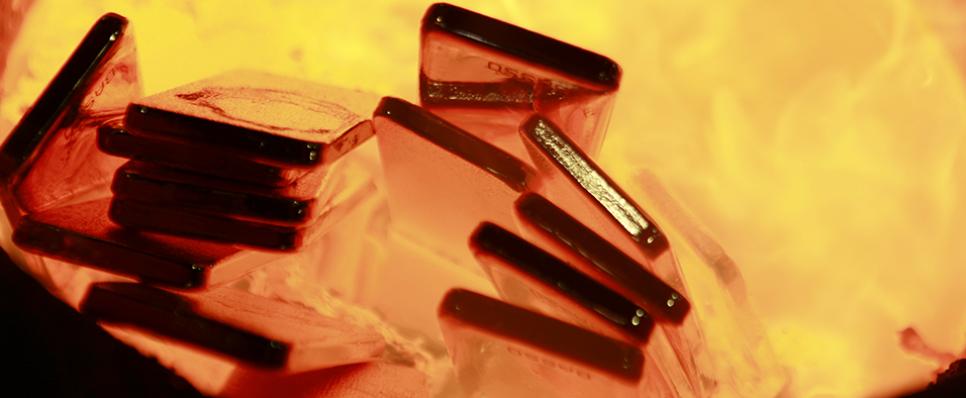Published: 27 Sep 2017
A universal metal – science of gold

Here’s a fun science fact about gold: in the past 20 years, scientists and chemists – among others – have discovered the yellow metal’s amazing qualities as a catalyst. In a number of chemical processes, gold is beginning to replace other precious metal catalysts – platinum, palladium and silver, to name three – as a more effective catalyst. A catalyst is a substance the speeds up a chemical reaction without being itself affected or changed.
For one thing, gold catalysts are effective at temperatures as low as minus 700 degrees centigrade; platinum and silver work optimally between 130 to 530 degrees centigrade. This allows gold catalysts to be used in two specific areas: fuel cell technology and pollution control. Both these areas have implications for the future of humankind.
Take fuel cells, the energy source of the future. Fuel cells produce electricity directly, by oxidising hydrogen at the anode and reducing oxygen at the cathode. Consequently, fuel cells produce no greenhouse gases; in a future of clean energy, they could well be the biggest source. Currently however, they produce electricity at a slow rate. What a gold catalyst will do is accelerate the production of electricity. Gold nanoparticles have been suggested as an ideal solution; not that creating uniformly-sized gold nanoparticle catalysts is easy. Previous fabrication methods have produced catalysts with nanoparticle sizes that were either too large or too widely distributed for practical use. Efforts to control the particle size restrict gold's catalytic activity, or produce unstable catalysts. Recently however, a team of researchers at Kyushu University's International Institute for Carbon-Neutral Energy Research in Fukuoka, Japan, found a way of developing a stable gold catalyst which is positive news for future development.
Gold nanoparticles also have the potential to remove nitrogen oxides from diesel engine exhaust gases while other possible applications include odour reduction among others. The point is this: gold is more than just a precious metal meant for adornment or something for a rainy day. It is a metal that can be used at the cutting edge of technology and innovation as well.











